V. Gonzalez-Perez
Massive, red galaxies in a hierarchical universe - II. Clustering of Extremely Red Objects
Gonzalez-Perez, V.; Baugh, C.M.; Lacey, C.G.; Kim, J.-W.
Authors
Professor Carlton Baugh c.m.baugh@durham.ac.uk
Professor
Professor Cedric Lacey cedric.lacey@durham.ac.uk
Emeritus Professor
J.-W. Kim
Abstract
We present predictions for the clustering of Extremely Red Objects (EROs) in a Λ cold dark matter universe, using a semi-analytical galaxy formation model in combination with a cosmological N-body simulation. EROs are red, massive galaxies observed at 0.7 ≲z≲ 3, and their numbers and properties have posed a challenge to hierarchical galaxy formation models. We analyse the halo occupation distribution and two-point correlation function of EROs, exploring how these quantities change with apparent magnitude, colour cut and redshift. Our model predicts a halo occupation distribution that is significantly different from that typically assumed. This is due to the inclusion of active galactic nuclei (AGN) feedback, which changes the slope and scatter of the luminosity–host halo mass relation above the mass where AGN feedback first becomes important. We predict that, on average, dark matter haloes with masses above 1013 h−1 M⊙ host at least one ERO at 1.5 ≤z≤ 2.5. Taking into account sample variance in observational estimates, the predicted angular clustering for EROs with either (R−K) > 5 or (i−K) > 4.5 is in reasonable agreement with current observations.
Citation
Gonzalez-Perez, V., Baugh, C., Lacey, C., & Kim, J. (2011). Massive, red galaxies in a hierarchical universe - II. Clustering of Extremely Red Objects. Monthly Notices of the Royal Astronomical Society, 417(1), 517-531. https://doi.org/10.1111/j.1365-2966.2011.19294.x
| Journal Article Type | Article |
|---|---|
| Publication Date | Oct 11, 2011 |
| Deposit Date | Jan 31, 2012 |
| Publicly Available Date | Dec 15, 2014 |
| Journal | Monthly Notices of the Royal Astronomical Society |
| Print ISSN | 0035-8711 |
| Electronic ISSN | 1365-2966 |
| Publisher | Royal Astronomical Society |
| Peer Reviewed | Peer Reviewed |
| Volume | 417 |
| Issue | 1 |
| Pages | 517-531 |
| DOI | https://doi.org/10.1111/j.1365-2966.2011.19294.x |
| Keywords | Galaxies, Evolution galaxies, High-redshift galaxies, Luminosity function, Mass function large-scale structure of Universe. |
| Public URL | https://durham-repository.worktribe.com/output/1509145 |
| Related Public URLs | http://adsabs.harvard.edu/abs/2011MNRAS.417..517G |
Files
Published Journal Article
(764 Kb)
PDF
Copyright Statement
This article has been accepted for publication in Monthly Notices of the Royal Astronomical Society © 2011 The Authors. Journal compilation © 2011 RAS. Published by Oxford University Press on behalf of the Royal Astronomical Society. All rights reserved.
You might also like
Towards an accurate model of small-scale redshift-space distortions in modified gravity
(2022)
Journal Article
Fast full N-body simulations of generic modified gravity: derivative coupling models
(2022)
Journal Article
Halo merger tree comparison: impact on galaxy formation models
(2021)
Journal Article
Modelling emission lines in star-forming galaxies
(2021)
Journal Article
